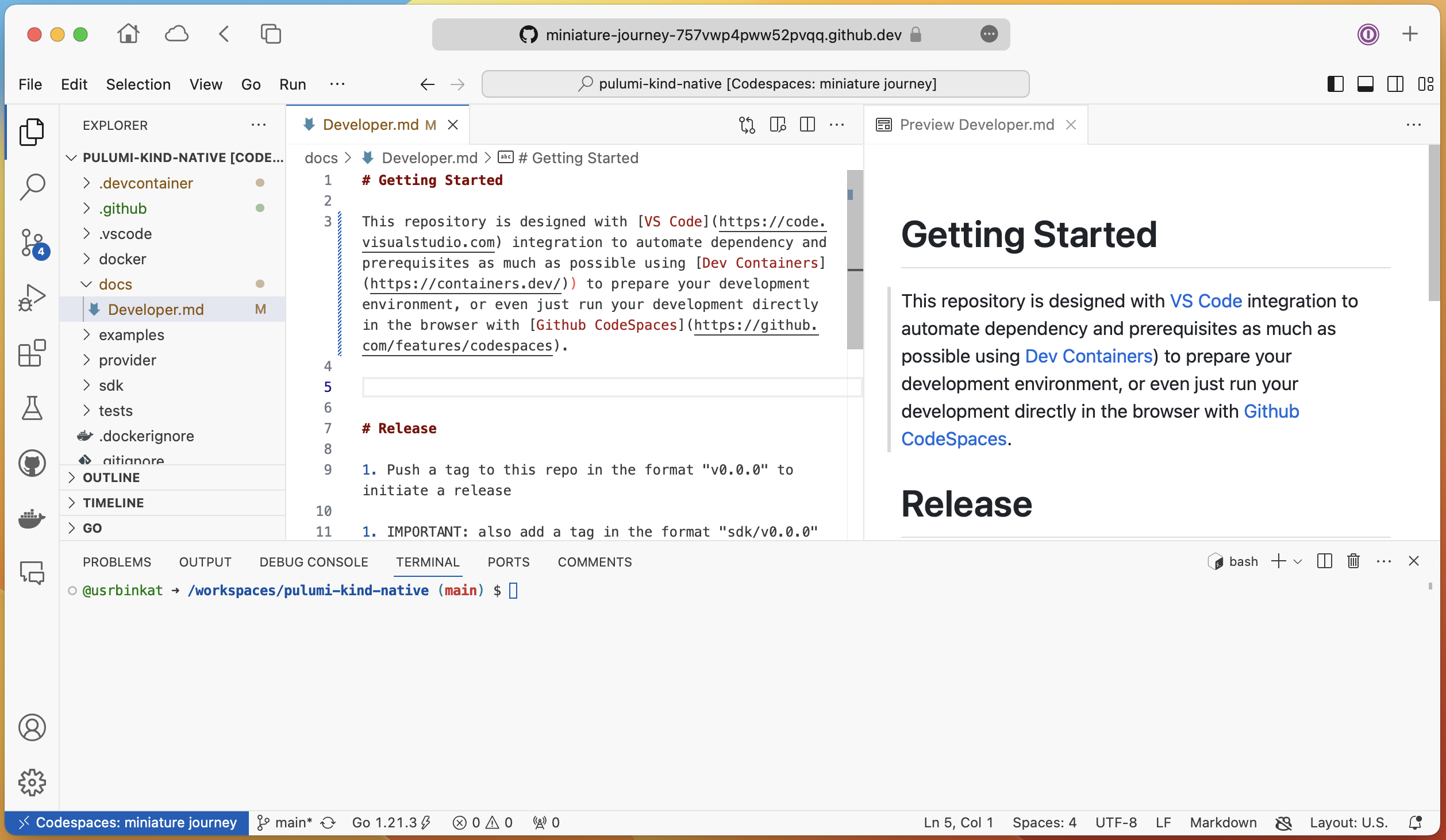The Pulumi 'Push to start' GitOps Experience

As a skeptic of “quick starts” myself, I approach most marketing promises with a measure of cautious excitement. If the great and powerful algorithm, friends, or a peer brought your attention here, then I invite you to take this one seriously.
Pulumi, with its full support of many general-purpose programming languages, can appear like a chore to get started with. The feeling can haunt seasoned developers as much as practitioners new to infrastructure code.
However, I’ll show you that finding the proverbial easy street is easier than you might believe. The pulumi new developer story just gets sweeter when combined with a few other nice-to-have conveniences.


















